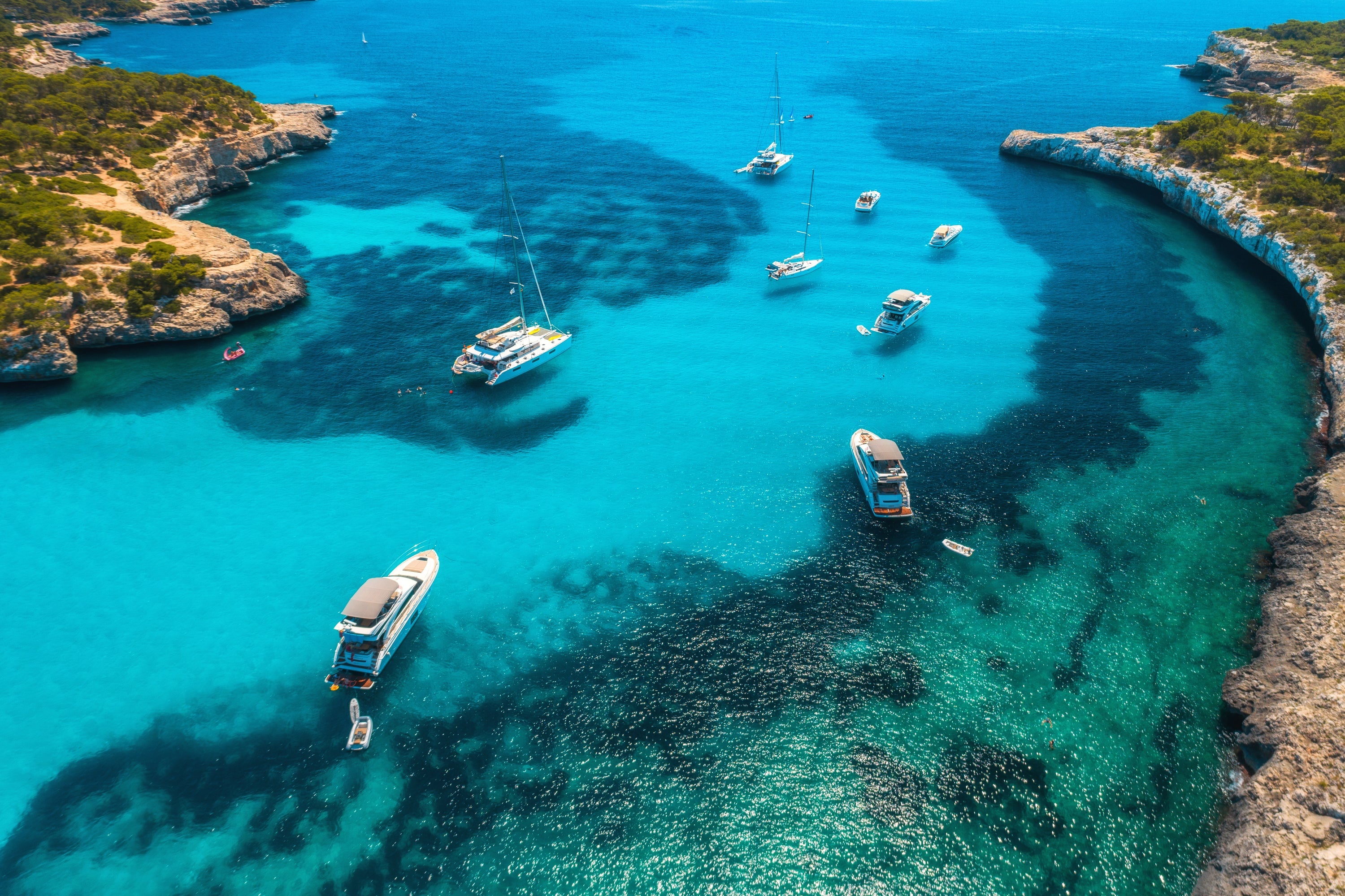
NatureSafe Marine's Guide to Sustainable Sailing Practices
Ajla KeškoAs sailing enthusiasts, our passion for the open sea comes with a responsibility to protect it. Adopting sustainable sailing practices is crucial not only for the environment but also for enriching our experiences and preserving the ocean for future generations.
At NatureSafe Marine, we are dedicated to supporting practices that help make every journey environmentally friendly. This guide outlines five crucial sustainable actions that significantly lessen our ecological footprint and improves our experiences on the water.
1. Respect Marine Life
It's simple, really. Respect the ocean's beauty without harming its inhabitants. Sustainable sailing involves responsible waste management, avoiding delicate ecosystems like coral reefs, and minimizing disturbances to natural habitats. Whether it means avoiding overfished areas or observing marine life without interference, it’s important to remember that we are visitors in their environment.
To put these principles into practice, consider these guidelines:
- Responsible waste management: Properly dispose of all trash and use eco-friendly products.
- Protection of ecosystems: Stay away from the sensitive areas like coral reefs and avoid overfished regions.
- Observational etiquette: Watch marine life from a distance without interfering.

2. Reduce Emissions
Another sustainable sailing practice includes using nature's power by relying on wind and solar energy instead of fuel. Keep your engines well-maintained for peak efficiency, invest in energy-saving appliances, and choose to sail rather than motor whenever possible.
Here are specific strategies to follow:
- Alternative energy: Maximize the use of wind and solar energy to decrease dependence on fossil fuels.
- Engine efficiency: Regularly maintain engines to ensure they are running efficiently and consider upgrading to energy-efficient appliances.
- Sailing over motoring: Opt for sailing when conditions permit to minimize fuel use and emissions.
These steps help reduce your carbon footprint, contributing to cleaner air and clearer waters.

3. Practice Responsible Anchoring
Another sustainable sailing practice involves protecting the underwater environment by anchoring responsibly.
- Avoid areas with seabed vegetation and coral, and use mooring buoys when available.
- If you must anchor, ensure it’s in sandy or muddy areas where the impact will be minimal. Specifically, avoid sensitive areas to protect seabed vegetation and coral.
Responsible anchoring helps preserve the integrity of marine ecosystems.

4. Choose Eco-Friendly Products
Every product onboard affects the ocean, from the soap in your galley to the paint on your hull.
- Opt for biodegradable, non-toxic cleaning products. NatureSafe Marine’s range of eco-friendly cleaning products ensures that your sailing habits contribute positively to marine conservation.
- Whenever possible, choose sustainable materials. Select paints and gear that minimize environmental impact.

5. Spread Awareness
This practice is very often underestimated - advocating for the oceans by sharing sustainable practices within your sailing community.
Lead by example and educate others:
- Community engagement: Share best practices with your sailing community and participate in local clean-up events.
- Educational outreach: Host workshops or talks to educate others about the importance of marine conservation.
- Support conservation efforts: Engage with and support organizations working towards ocean preservation.
The more we educate and involve others, the stronger our collective impact on ocean conservation will be.
Don't forget that sailing sustainably is an ongoing journey of learning and adaptation. By choosing to sail with the environment in mind, you are moving towards a future where the beauty and biodiversity of our oceans are preserved for generations to come.
Remember, when we sail sustainably, we are making responsible choices and are thinking of these and future generations. Which world are we leaving them?

